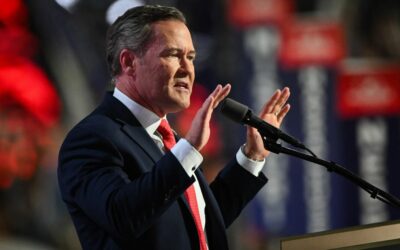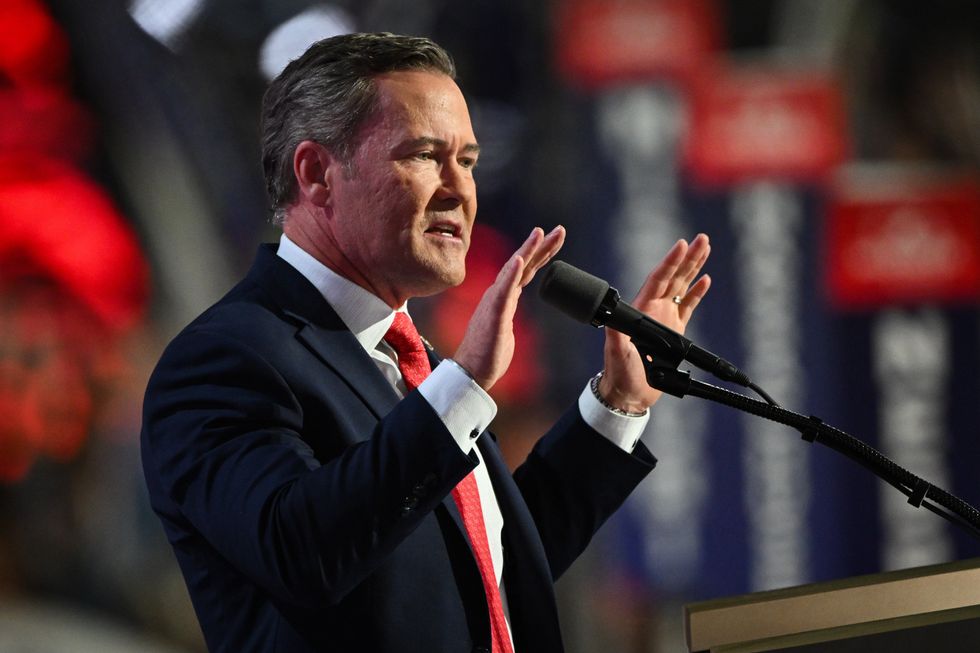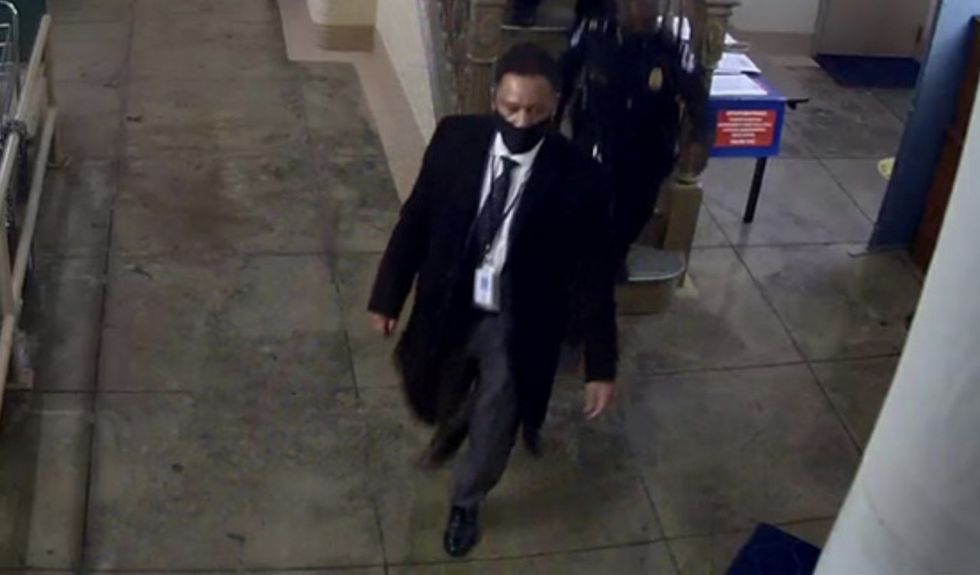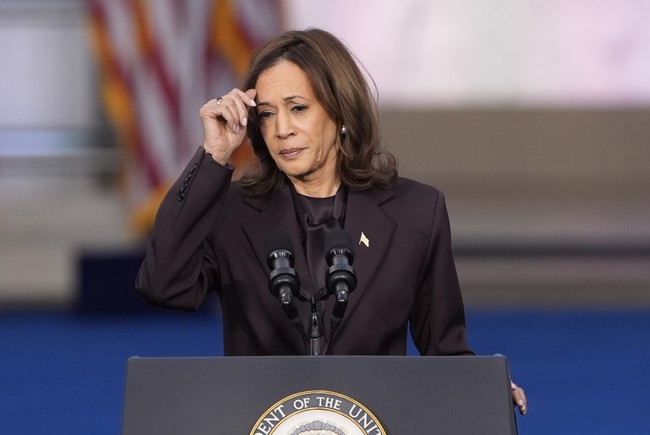House hearing examines: Was July 13 Secret Service failure ‘criminal gross negligence’ or ‘purposeful intent’?
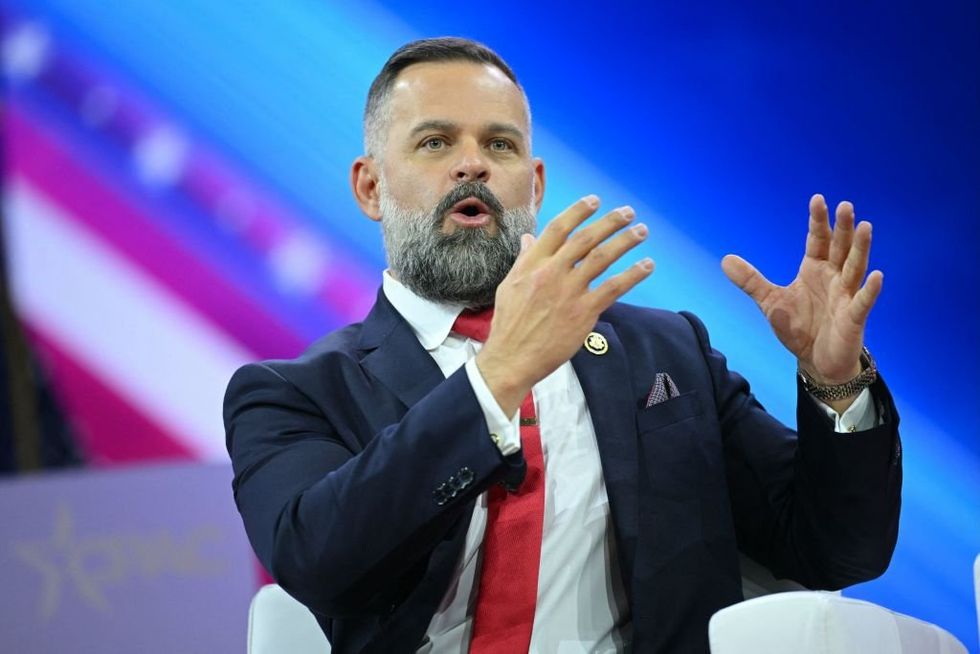
Partisan politics, “apocalyptic failure,” the inability to adapt to changing threats, the recent assassination attempt on a former president, and a growing list of mistakes and near-misses leave the U.S. Secret Service poorly positioned to protect America’s top leaders, a panel of experts told a U.S. House hearing on Aug. 26.
The hearing, chaired by U.S. Rep. Cory Mills (R-Fla.), featured a scathing and sobering assessment of the Secret Service — just six weeks removed from the attempt on former President Donald J. Trump’s life in Butler Township, Pennsylvania.
“I don’t think they have any idea what’s coming at them,” said Erik Prince, a witness and the founder of the private security firm Blackwater.
The litany of problems that day was wide and deep, Prince charged. “There was catastrophic failure across the entire enterprise.”
The shocking reality that an armed 20-year-old could slip onto a rooftop 130 yards from the podium where Trump was speaking and fire eight rounds before being killed is bad enough, but Prince said emerging threats go even farther than what happened in Butler Township, Pa., on July 13.
“When you see the steep change of the ability to deliver precision fires at extended ranges, the lessons being learned on the on the battlefield of Ukraine, the ability for small units to deliver devastating precision fire onto any target,” Prince said, “whether it’s the White House, whether it’s a motorcade, whether it’s a president outside or even inside somewhere, is significant.”
Prince said had the shooter aimed at Trump’s center mass rather than his head, the former president would likely be dead. A trained terrorist would not have missed, he added.
“The Secret Service was nearly defeated by a 20-year-old, and we all — including Donald Trump — literally dodged a bullet that day,” Prince said.
– YouTube
www.youtube.com
Trump was speaking to an evening campaign rally in the July heat of western Pennsylvania when would-be assassin Thomas Matthew Crooks opened fire on the crowd with his AR-15-style rifle. Trump was shot in the ear, volunteer firefighter Corey Comperatore was killed, and David Dutch and James Copenhaver were seriously wounded.
‘As a former Navy SEAL sniper, it’s evident to me that many basic security measures were completely dropped.’
After Crooks fired his eighth shot, a Butler County SWAT operator shot and struck the stock of his AR-15, putting an end to the shooting rampage. As Crooks tried to reposition himself, a Secret Service counter-sniper killed him with a rifle shot from about 170 yards away.
Mills set a serious tone for the hearing, laying out two ways he sees to judge the failures of July 13.
“You will see at this stage where I think that criminal gross negligence and purposeful intent will be indistinguishable,” said Mills, a former State Department counter-sniper and decorated U.S. Army combat veteran who served in Afghanistan and Iraq.
Mills said the list of July 13 questions includes:
why the high vantage points were not covered;
why there was not a compatible communication system including all law enforcement;
where was the over-watch coverage of the venue;
why the Secret Service didn’t use a surveillance drone when one was offered;
why the Secret Service skipped a morning briefing conducted by local law enforcement;
and why the Secret Service did not account for the Kubota equipment dealer located 400 yards from where Trump was facing.
Two members of a U.S. Secret Service counter-sniper team leave the Butler Farm Show Inc. grounds just before 6:30 p.m. July 13.
Butler Township Police Department bodycam via Judicial Watch
“I think that it’s easy to see why an independent investigation is needed,” Mills said. “I think we understand that if this was to have been conducted correctly, then July 14 we would have had immediate subpoena to get the security plans, comms plans, the motorcade operational plan, the actual counter-sniper range-fan data cards — and started questioning the individuals independently to do corroboration fact/fiction boards to see what’s going on.”
Former Secret Service agent Dan Bongino, now a popular radio host and podcaster, described July 13 as an “apocalyptic failure,” especially in terms of communication between local and federal law enforcement.
“This isn’t like the Secret Service million-dollar radio system that uses NSA-level encryption magically broke down that day,” Bongino said. “They literally handed them a radio they didn’t take.”
‘There’s simply no excuse.’
“This is why, when Congressman Mills says, you know, borderline criminal negligence, you should take that seriously,” he said. “What could possibly, possibly be your excuse to say, ‘You know what, I don’t really need to communicate with the law enforcement guys out there on the scene’?”
Sen. Ron Johnson (R-Wisc.) disclosed in July that pre-programmed radios set up for the Secret Service by Butler County Emergency Services were never used on July 13. The Secret Service didn’t even pick them up after being reminded, witnesses said.
Rep. Eli Crane (R-Ariz.) and Rep. Andy Biggs (R-Ariz.) introduced legislation requiring all Secret Service records related to July 13 be surrendered so they can be released. Crane suggested the pace of information release thus far has been too slow.
“That’s a month and half with frustratingly few answers and even less accountability for those who had a duty to protect President Trump,” Crane said. “Many of the excuses that we’ve heard from those in leadership sound like hollow and pathetic attempts to gaslight the American people.”
Crane enlisted in the U.S. Navy after 9/11 and eventually became a member of SEAL Team 3. He went on five wartime combat deployments — three to Iraq.
“As a former Navy SEAL sniper, it’s evident to me that many basic security measures were completely dropped, making President Trump extremely vulnerable,” Crane said. “There’s simply no excuse.”
Ben Shaffer, an operator with Washington Regional SWAT who worked the Trump event, said the lack of drone coverage over the venue and failure to include the water tower in a secure zone “left many danger areas exposed and severely, and I say that again, severely, impacted the ability to secure the venue and the event itself.”
Shaffer, a U.S. Marine Corps veteran who served in Iraq and Afghanistan, said a lack of time to properly prepare for the event and lack of local-federal communication were also problems at the Butler site.
“The lack of coordination between tactical element leaders in the Secret Service left ground elements in the dark and prevented necessary time to prepare for specific venue considerations and needs prior to that event,” Shaffer said. “All over-watch, sniper, [and] counter-sniper positions should have had direct communication with each other that day at that entire rally.
“There’s no question there were critical failures during the Butler event,” he said. “It’s important that we learn how and why the security failure occurred so that we can better provide safety and security to those high-ranking officials and the general public in the future. I truly believe Americans deserve that.”
Like Blaze News? Bypass the censors, sign up for our newsletters, and get stories like this direct to your inbox. Sign up here!


